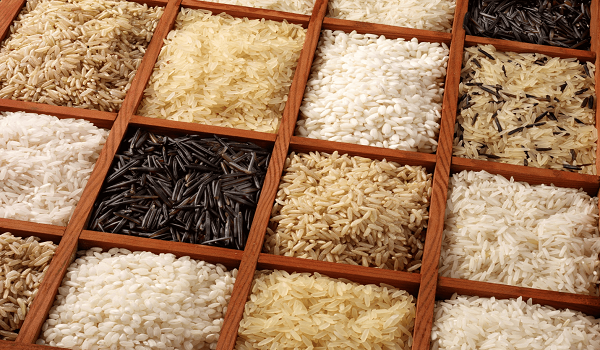Between April and July 2024, organic rice exports from India have surged dramatically, surpassing the total exports for the entire fiscal year of 2023-24. This unprecedented increase has raised suspicions of irregularities and potential evasion of export regulations.
Export Growth and Potential Irregularities
Export volumes for organic rice have soared by 71% from the 2022-23 fiscal to the 2023-24 fiscal year. The first four months of the 2024-25 fiscal saw 146,585 tonnes of organic rice exported, a significant jump from 107,727 tonnes for the entire previous fiscal year. Notably, the bulk of these exports comprised white rice (127,120 tonnes) and broken rice (around 8,000 tonnes), with parboiled rice making up the remainder.
Sources within the trade industry suggest that the surge in exports could be a tactic to circumvent India’s ban on white and broken rice, as well as the 20% export duty on parboiled rice. “Some exporters might be exploiting the organic label to bypass these restrictions,” a trading source, who requested anonymity, explained.
Unusual Export Destinations and Pricing Concerns
The primary ports for these shipments include JNPT (60,809 tonnes), Sonepat Inland Container Depot (30,624 tonnes), Mundra (26,049 tonnes), and Kandla (25,100 tonnes). Interestingly, a substantial portion of the exports went to non-traditional markets such as Vietnam (22,166 tonnes), Angola (22,100 tonnes), Mozambique (16,457 tonnes), and Kenya (11,801 tonnes). These countries are not typical importers of Indian organic rice. In contrast, established markets like the US and Netherlands received 13,626 tonnes and 16,457 tonnes, respectively.
The pricing of these exports has also raised eyebrows. From a peak of $940 per tonne in September 2023, the price of organic rice fell to $529 per tonne by June 2024. This drop is particularly concerning given that organic rice generally commands a premium. Comparatively, non-organic white rice from Myanmar and Pakistan is priced around $450 per tonne, suggesting that organic rice is being sold below expected market rates.
Suspicion of Manipulation Post-Curbs
The dramatic rise in organic rice exports followed the Indian government’s imposition of curbs on rice shipments in September 2022 due to adverse weather conditions. Before these curbs, organic rice exports had been growing at a rate of 20%. Since the curbs, the growth rate has surged to 308% for the current fiscal year based on current trends.
The Agricultural and Processed Food Products Exports Development Authority (APEDA) has issued a record number of transaction certificates (TCs) for organic rice, with 1,325 certificates issued by July 2024 compared to 799 in the same period the previous year. This 66% increase in TCs raises questions about oversight and control, especially since APEDA is responsible for monitoring organic exports.
Concerns Over Organic Rice Production
There are doubts about the sudden increase in organic rice production, given the recent adverse weather conditions and unseasonal rains. The trade sources argue that a rapid rise in production is unlikely and question whether farmers are receiving fair compensation for their produce. Additionally, the shift in port origins from Chennai and Tuticorin to JNPT and Mundra following reports of under-invoiced white rice exports adds to the suspicion of irregularities.


